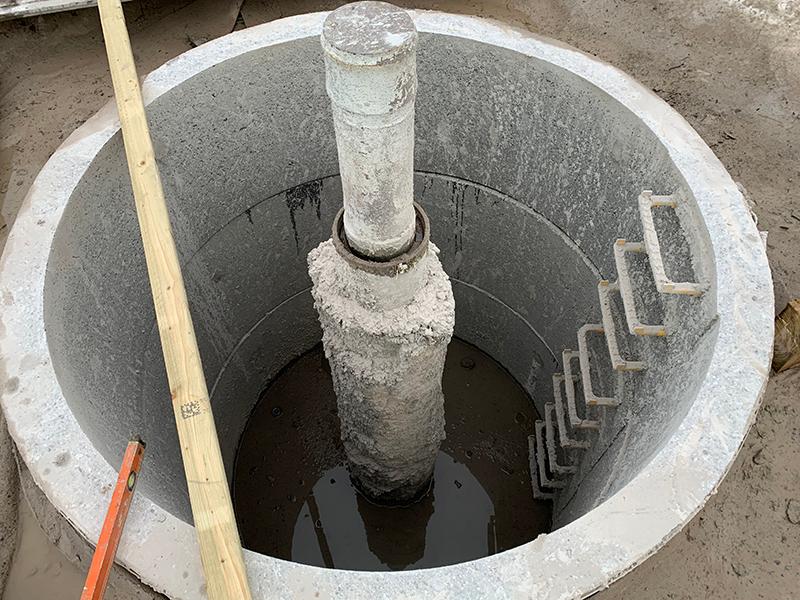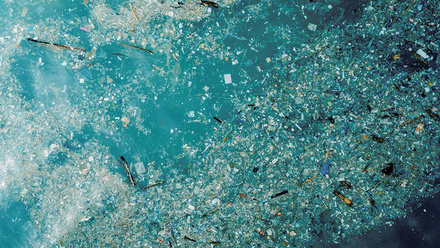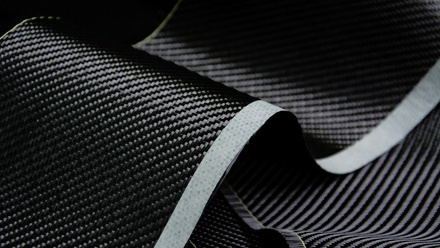Testing bentonite to seal deep boreholes in radioactive waste initiative
A system for sealing deep boreholes is being tested as part of a £5mln research project to help identify a suitable site for a Geological Disposal Facility (GDF) for the UK’s radioactive waste.

The Radioactive Waste Management (RWM) project, which is investigating geological environments, is trialling the Downhole Placement System (DPS) in laboratory conditions, lowering bentonite into a Perspex ‘borehole’ – testing its deployment and seal evolution.
According to RWM, the boreholes are not part of the GDF itself, but are a vital part of preliminary site assessments – once a prospective location has been identified by a community and consent demonstrated.
The original design of the DPS has a total length of 4.12m and outer diameter of 140mm, which will deploy the swelling clay, bentonite, blocks and pellets by a drill rig at depth in a borehole. The project objective will be to use the placement of bentonite clay to seal the boreholes, between 265-328m below ground level.
The existing borehole, HW3, was identified by Jacobs – the lead contractor for RWM – in clay-rich sedimentary rock that had been drilled during the 1980s at Harwell, a former nuclear research site located near RWM’s offices in Oxfordshire.
‘The DPS will be deployed on a coiled tubing string (CT), drilling pipe or wireline,’ describes Simon Norris, RWM Project Manager. ‘CT and drill pipe provide a hydraulic connection between the DPS and the surface, enabling water to be pumped down.
‘Flowing water will entrain the dry bentonite stored within the DPS and facilitate release. In contrast, actuation using wireline is likely to be a single, rather than ongoing, positive displacement event.
‘The expected outcomes are the placement of a bentonite seal and HW3 borehole closure, together with closure of other boreholes on site and subsequent site restoration,’ adds Simon.
‘In the project overall, once work at Harwell in Oxfordshire is concluded, boreholes will also be sealed in higher-strength and evaporite rocks located elsewhere in the UK and overseas – together, these full-scale projects will demonstrate RWM’s ability to seal deep site investigation boreholes.’
Norris further explains that the DPS has a hydrostatic chamber containing dry bentonite, hydraulically isolated from the wellbore and from the CT or drill pipe during lowering into the borehole. ‘When the required depth is reached, the chamber is flooded with water pumped down the CT or drill pipe, releasing bentonite into the borehole.
‘The large diameter ensures a high flow-rate to release the contents in less than one minute. The short contact time with water minimises the potential for premature bentonite swelling before it is released into the borehole.’
The bentonite pellets are released when the chamber is flooded, as this allows the hydraulic pressure to be applied directly to the bottom push-out plug.
A successful test will confirm – to RWM, the Nuclear Decommissioning Authority and to regulators – ‘that deep boreholes can be sealed, and do not subsequently need to be considered in the GDF safety case as a potential pathway to radionuclide migration’.
Also see Materials World, July/August 2020, for an article on disposing the UK’s radioactive waste in a GDF.







